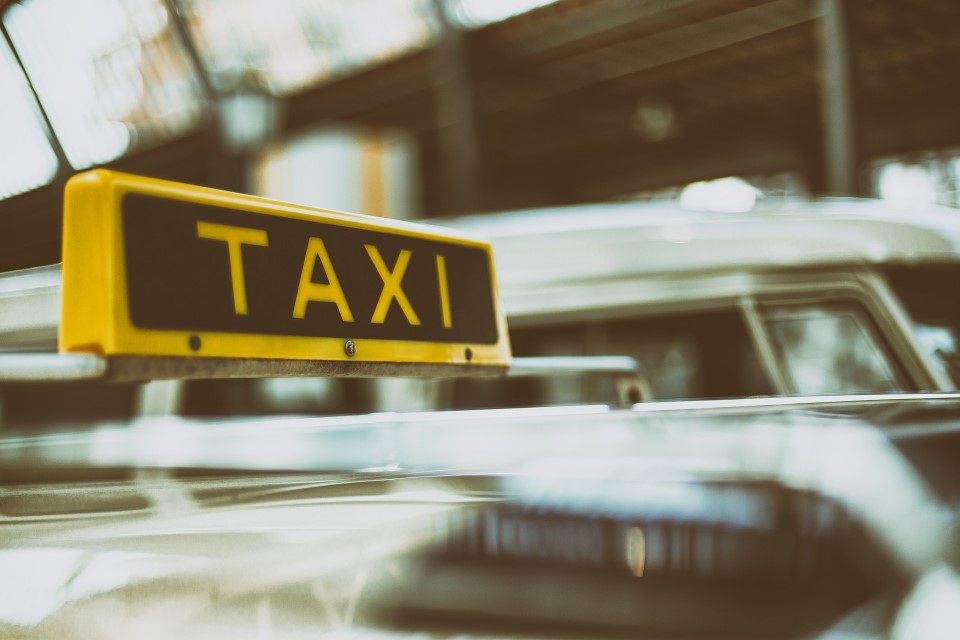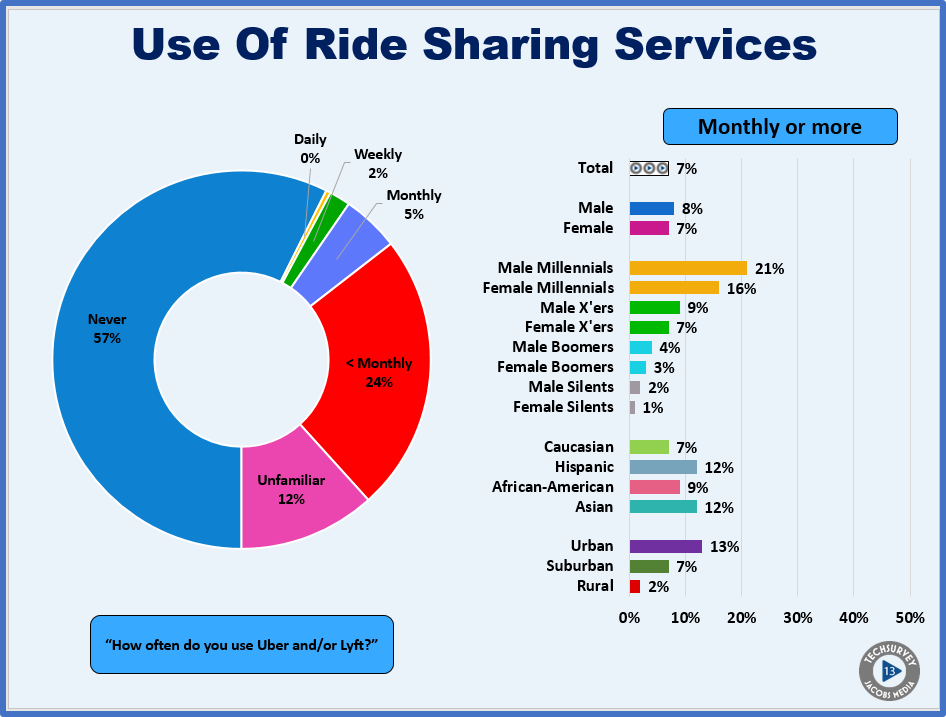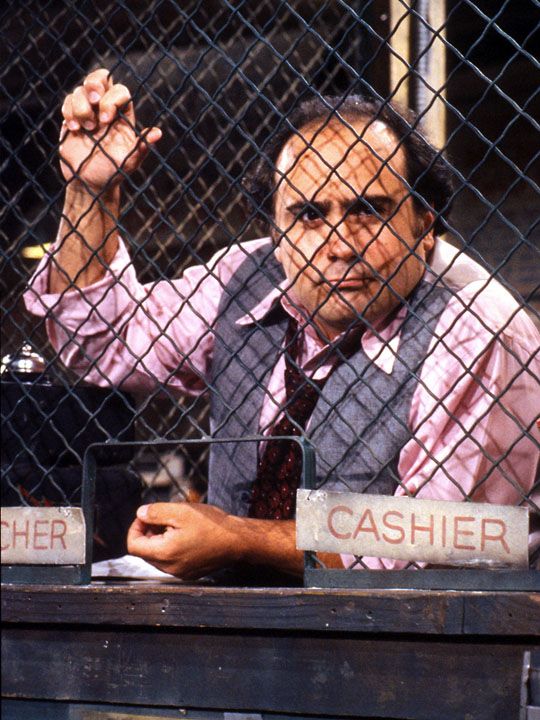 When you’re on the road as much as I am, you pick up on services, companies, and brands that “get it.” And you also quickly become aware of those that don’t. But beyond individual companies, you also take notice of major platforms and industries and how they’re keeping up with the times – like airlines, hotels, and car rental companies.
When you’re on the road as much as I am, you pick up on services, companies, and brands that “get it.” And you also quickly become aware of those that don’t. But beyond individual companies, you also take notice of major platforms and industries and how they’re keeping up with the times – like airlines, hotels, and car rental companies.
And then there’s the taxi cab industry.
Recently, I was in the back seat of a traditional taxi and the driver and I started talking about Uber and how it has disrupted his business. I mentioned to him the convenience of ride service apps, the ease in which their mobile interfaces work, and the seamlessness of the payment system. And he responded that the mobile piece of the pie was overblown, and that Uber and Lyft were unfairly harming his business – not to mention the thousands of taxi companies all over the U.S. – and around the world.
As an end user, I’m not real sympathetic. The taxi system has been broken for years – and we’ve had to put up with it. I think about the hundreds of times I’ve hailed a cab in place like New York and Chicago, the rides where the driver spent the entire trip gabbing with someone on the phone, and the often indifferent service.
Contrast that with Uber and Lyft. Sure, not every ride is 4-star rated, but most are pretty satisfying, the drivers tend to be friendly, and the convenience of ordering up a ride and knowing when it will show up disrupts the mediocre taxi experience in a truly positive way – for me and for millions of other riders.
Yes, it comes down to the experience. And in the case of both Uber and Lyft, it is flat out superior to the way we’ve been subjected to dealing with taxis on the streets of big cities throughout America. These mobile ride services provide control, customization, and accountability. If an Uber ride isn’t satisfying, I have the chance to rate the driver. In a cab, most people probably don’t bother calling the city’s taxi commissioner when a ride goes awry. Uber and Lyft make you wonder why we’ve been putting up with bad taxi experiences in big cities for so many years.
We asked about usage of these services in Techsurvey earlier this year, and learned something that probably won’t surprise you. While fewer than one in ten respondents uses services like Uber and Lyft on at least a monthly basis, these “taxi disrupters” are especially popular with both Millennials males and females – a sign they will become more ubiquitous with older generations in time. 
And the hotel industry is being disrupted in much the same way – especially by Airbnb. Similar to the Uber/Lyft model, the big hotel/motel companies now find themselves scrambling to compete with a service that lets users feel like they’re a local resident when they go on the road.
Rather than just a room with a desk, a shower, a closet, and a TV, Airbnb is redefining hotel stays, forcing that industry to rethink everything. According to a recent New York Times story by Liz Moyer, hoteliers like Marriott, Hilton, and Radisson are investing in tech companies to improve everything from rewards programs to the food to the rooms themselves to accommodate activities like yoga.
When you compete against Airbnb, it becomes all about the experience. As Marriott’s global chief commercial officer, Stephanie Linnartz, told The Times, “Marriott is adding value to consumer lives besides just a bed in a hotel room.”
How could these brands have been caught so off guard? When companies are so busy competing against the known players in their industry, a Tesla, Airbnb, or Netflix can come along, break the rules, and enchant the public in the process.
The pressure that traditional businesses are feeling over digital disruptors like Uber and Airbnb have applications to the radio business. Now more than ever, consumers are gauging all their experiences. The proliferation of user reviews and the chatter of social media have created a culture of higher expectations of brands, goods, and services. The bar is set higher, and now it’s all about the user experience.
And yet for years, airlines, hotel chains, rental car agencies, and yes, taxi cab companies never had to worry about anything other than competing against their own kind. Delta vs. American, Avis vs. Hertz, Marriott vs. Hyatt. Companies only had to be a little better than the other brands they competed directly against. Most of the survivors relied on a combination of good old Darwinism, coupled with some timely consolidation, to shore up their market advantage.
But in a world where Amazon, Google, Facebook, Uber, and Airbnb are all about upending the established order, it becomes paramount that traditional brands dig deeper to create more meaningful fan experiences.
That rings true for radio. When stations myopically vie for ratings against the other stations in town, they lose perspective on the bigger battles taking place in the minds and hearts of consumers. As new technologies and brands have proliferated, broadcast radio has been tested over the last many decades against MTV, iPods, satellite radio, streaming pure-plays, and other new media outlets.
Radio still has a lot going for it. We know that many consumers enjoy the ease and convenience that radio offers – it’s free, it’s simple, and millions have been in the habit of using radio their entire lives. The broadcast technology – more than a century old – is actually quite amazing, reliable, and seamless. Modern delivery and distribution systems struggle to replicate radio.
But the experience of listening to the radio goes well beyond its ease of use. It’s also very much about the quality of programming, the quantity of advertising, local service, customer service, and myriad other issues that go well beyond simply being a one-button solution.
Thinking about the overall radio experience – how the station looks, feels, and operates on car touchscreens, how station apps perform, how podcasts allow users to shift and control content, and how local events create unique experiences are all part of the new thinking broadcasters need to incorporate into their master strategies.
And then there’s the secret sauce: the unique experiences stations can provide listeners they simply  cannot get from digital disruptors. Artist and staff meet and greets, backstage access to local events, sitting in with the morning show, going to the baseball game with the afternoon drive DJ – all personal and memorable ways radio can leverage its local contacts, knowledge, and connections to give fans unique and memorable experiences.
cannot get from digital disruptors. Artist and staff meet and greets, backstage access to local events, sitting in with the morning show, going to the baseball game with the afternoon drive DJ – all personal and memorable ways radio can leverage its local contacts, knowledge, and connections to give fans unique and memorable experiences.
For radio, getting caught off guard by creative startup and digital predators is inexcusable. That’s what happened to Marriott, Barnes & Noble, Macy’s, and Blockbusters.
And yes, even the Sunshine Cab Company.
- What To Do If Your Radio Station Goes Through A Midlife Crisis - April 25, 2025
- A 2020 Lesson?It Could All Be Gone In A Flash - April 24, 2025
- How AI Can Give Radio Personalities More…PERSONALITY - April 23, 2025




The taxicab analogy is a good one. Radio IS the NYC taxicab industry that, even if the face of Uber and Lyft, still doesn’t allow you to reserve and pay online, stuck paying off expensive medallions.
Someone should do a case study. Radio has made only minor changes to its product in 30+ years – and almost all of them have made the listener experience worse. Yet people still love it. In the age of disruption and in the face of some stiff competition, innovation and disruption from Spotify/Apple Music/Padora, how can this be?
People are used to walking out on 6th Avenue, raising an arm, and hailing a cab. Habit overrides inconvenience. It’s always been this way, and for those who haven’t discovered Uber/Lyft, it’s probably less of a hassle. But not forever, and that’s why that Millennial pattern is so damn intriguing. Thanks for the comment, Bob.
[local ] Radio is a mutual co-dependent relationship. After years of “habit”, it is difficult to pry listeners away to satelite/ podcast/ aps on the phone and other less convenient options, BUT the erosion has been gradual since “my days” [80-90s] as a programming executive.
The effectiveness of local radio ads is nowhere near what it should be, because the engagement is gone [ TV and print are WORSE, so radio looks like the “star”, but] Most “local” radio is just awful. It’s either 97 songs in a row [which I proved didn’t work in the 90s] or is 7th-grade boys lockeroom gossip [which kills female listenership] Even Howard Stern [who was never, and sure isn’t NOW] the king of all media, is irrelevant [speaking of boys lockerroom] Rush Limbaugh is a dinosaur, but he engages his audience. What will all the local stations do when he’s “gone” at some point?
As you said, Fred, With all the tools of social media to reach and engage listeners, shame on the mega-radio corps that still voice track, from a studio @HQ, into 8-10-12 markets at a time…. and present “announcers” with no awareness of the cities where they are heard. BTW, playing request for “Becky in Baltimore” is NOT local engagement. LOL
I’m not looking for a job, [I moved on in my career 25years ago, ] but maybe local stations that want to “win” should go drag real radio guys out of the retirement home and let them teach the new-kids-on-the-block how radio can really touch listeners.
Tim, thanks for the observations. Some of the basics that characterized the industry decades are ago are essentially the same things that could help revitalize it – and now we have new tools to connect with them even more effectively. Appreciate you taking the time to comment.
Fred-sadly “it’s always been this way” has been the excuse radio uses for the issues its created for itself. Actually it’s not always been this way. Radio once had creative departments and a focus toward making the product better than the competition. Today it’s “make the week, month, quarter” and hope that the listener will sit through 8 minute stop sets. The business model for radio has to change -and will as soon as the owners realize that the LISTENER is the key to success, not the bank. Until then – smart people will still be ringing the bell–but the wrong people will be answering the door.
And that’s why the industry getting its head around the UX has never been more important. Many thanks, Dave.